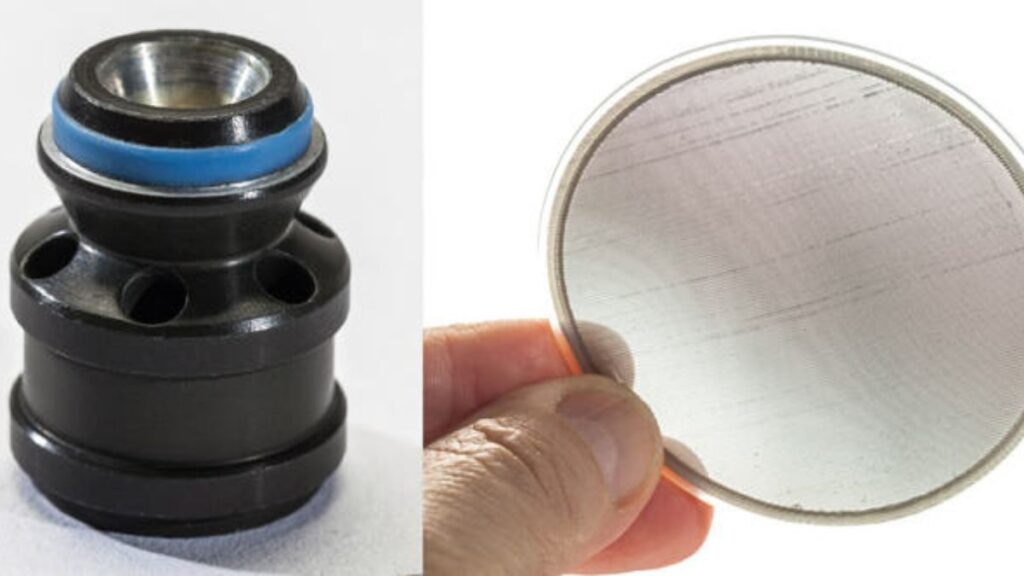Manufacturing industries often rely on hidden innovations to maintain reliability and performance in their products. Among these innovations, one process quietly plays a major role. It is a behind-the-scenes technique that helps hold critical parts together under pressure, extending their lifespan and improving their functionality in tough conditions.
The technique ensures that bonded components can handle both physical strain and environmental stress without failing. It is this combination of properties that makes rubber to metal bonding a silent workhorse in engineered applications. Its ability to provide strength, flexibility, and longevity makes it indispensable in a wide range of industries.
A Closer Look at the Bonding Process
The process begins with careful surface preparation. The metal must be thoroughly cleaned to remove any oil, dust, or rust. Methods such as abrasive blasting and chemical treatment are commonly used to ensure the surface is ready for adhesion. Once prepared, the metal is coated with an adhesive layer specially formulated for rubber compatibility.
Following this step, uncured rubber is applied and molded onto the prepared metal through a controlled heat and pressure cycle. During vulcanization, the rubber cures while chemically bonding to the metal surface. This reaction creates a permanent link between the two materials, making them function as one unified component.
Applications That Demand Performance
This approach is widely used in fields that require durable and resilient parts. In the automotive industry, such components are essential in engine mounts, suspension bushings, and vibration isolators. These parts must absorb road shock, handle engine movement, and withstand heat and cold without degrading.
Industrial equipment also benefits from this process. Machines often produce strong vibrations that can damage surrounding components. Bonded parts are used to dampen these forces, protecting both equipment and operators from damage or injury. Aerospace components require lightweight strength and precision, which bonded assemblies provide. This technology also supports medical equipment that needs sterile, durable, and flexible materials.
Precision and Reliability Through Advanced Molding
One service that complements this bonding process is precision rubber molding. This step ensures that the final part meets exact design specifications and tight tolerances. Precision is critical in industries like aerospace, electronics, and healthcare, where even slight deviations can lead to system failures.
Precision molding ensures consistent rubber thickness, minimizing weak spots and stress points. This is crucial for parts used in confined or critical environments.Custom bonding projects often start with selecting rubber compounds suited to the application’s thermal, chemical, and physical demands. When matched with the right metal substrates, this ensures strong bonding and reliable mechanical performance.
Efficiency That Adds Value Over Time
Beyond performance, this technique brings economic benefits. Since the bonding and molding are done in a single operation, there’s no need for bolts, welding, or adhesives that require additional assembly steps. This reduction in assembly cuts costs, lowers labor expenses, and streamlines production.
Fewer parts and less hardware mean fewer failure points and less maintenance. This is especially valuable in systems that are costly or difficult to service. Because bonded parts tend to last longer, companies save money over the full life cycle of the product.
Compact design is another benefit. Bonded components take up less space than traditional assemblies, making them ideal for modern equipment that emphasizes efficiency and portability. Their simplicity also supports faster installation and more consistent manufacturing quality.
Meeting the Demands of Harsh Conditions
The process stands out in environments where reliability is non-negotiable. Whether subjected to extreme temperatures, continuous motion, or corrosive fluids, bonded components deliver consistent performance. They also play a critical role in reducing vibration and noise, especially in systems with moving parts. This contributes to a safer, quieter, and more efficient operating environment. Proper bonding ensures the part will not come loose or degrade, even under repeated thermal or mechanical stress.
Integrated Capabilities Supporting Reliable Component Design
Services supporting this bonding process often include custom rubber molding, precision metal preparation, and controlled adhesive application. These capabilities work together to ensure that bonded components meet strict mechanical, thermal, and chemical requirements. Alongside molding and bonding, support for in-house tooling and prototyping allows for the development of parts with exact tolerances and performance characteristics. Each stage of production is geared toward consistency and reliability, making it possible to deliver parts suitable for demanding environments such as transportation systems, industrial machinery, and engineered assemblies where stability under stress is essential.
Rubber to metal bonding continues to serve as a dependable solution for producing components that require both strength and flexibility under pressure. Its ability to enhance performance, reduce maintenance, and support complex design requirements makes it a critical part of modern manufacturing. As industries demand higher durability and tighter tolerances, this process stands out for its efficiency, adaptability, and long-term reliability across a wide range of applications.


